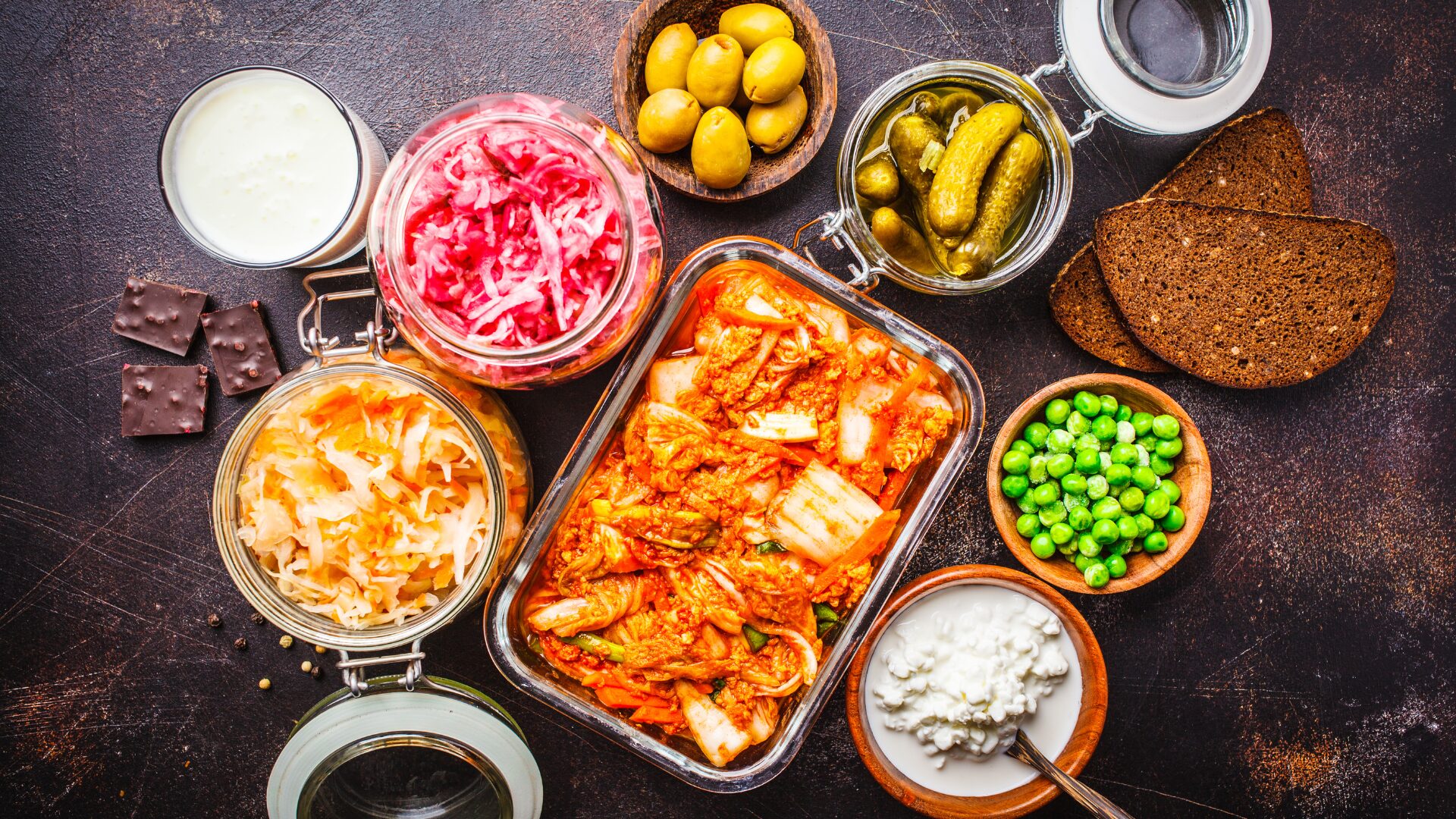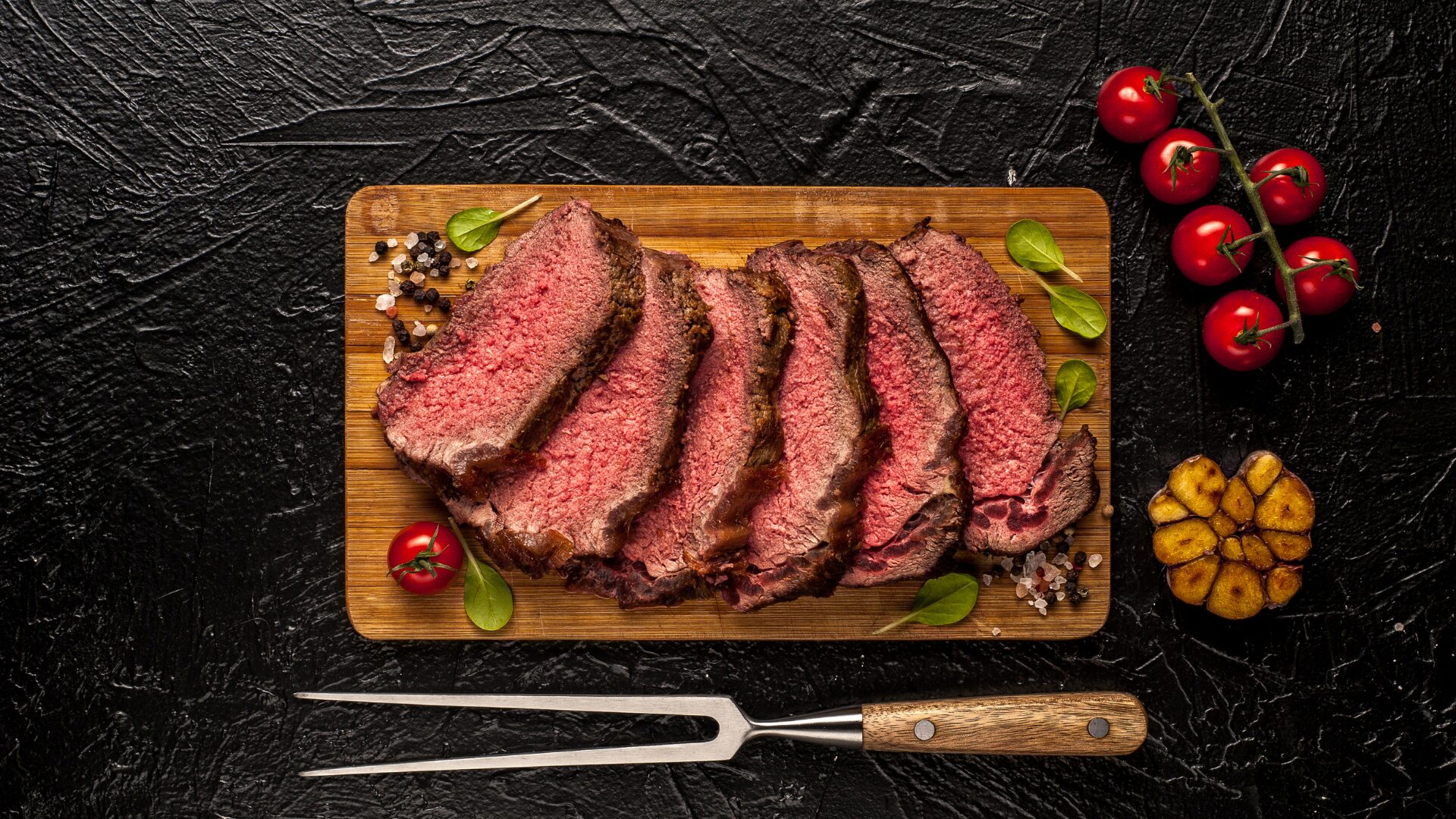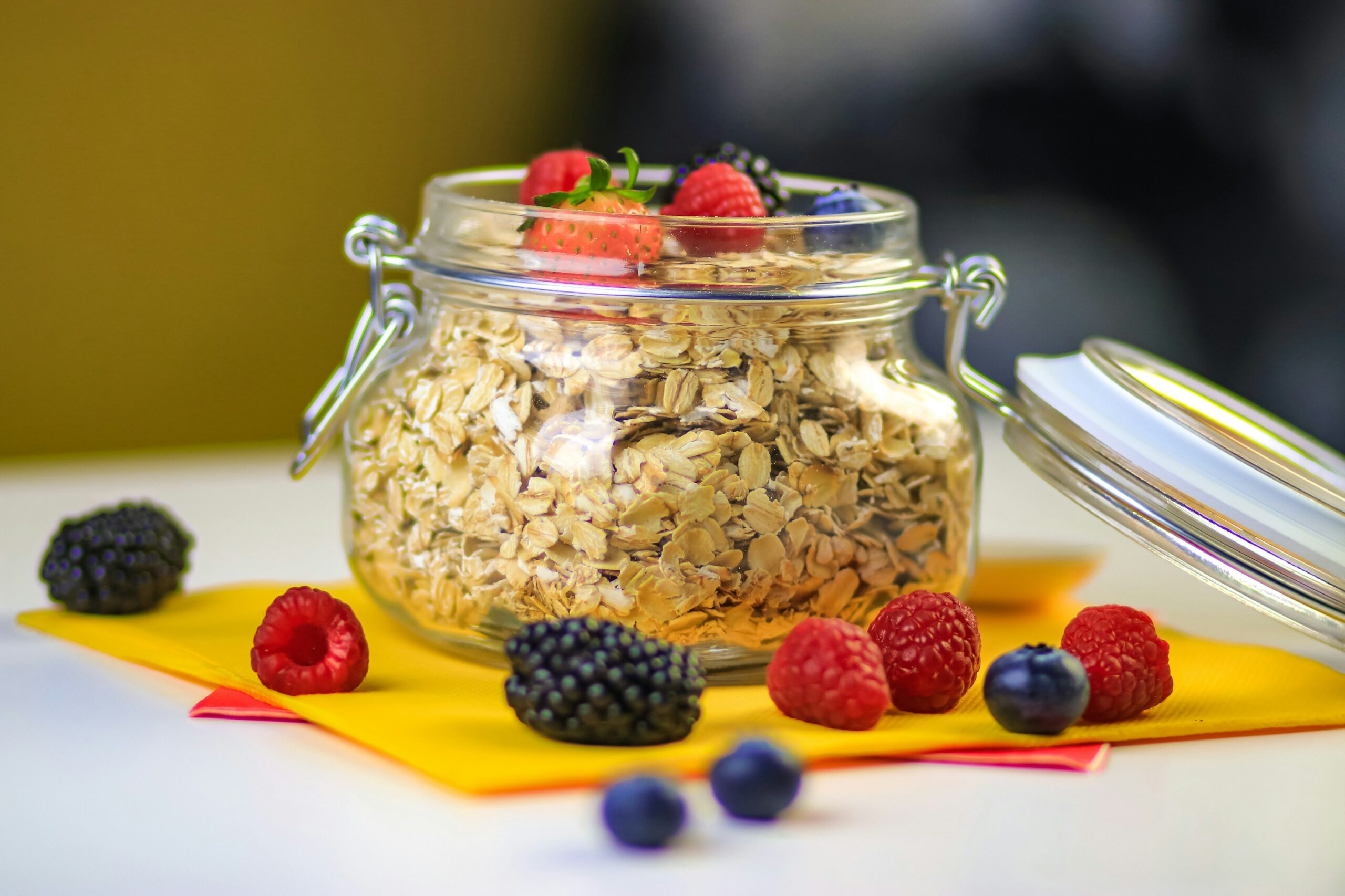For 16 harrowing months at the height of the Covid pandemic, Dr. Morgaine Gaye lost her sense of taste and smell.
The experience, she said, “was mind-blowing.” Turns out, you talk an awful lot about flavor and scent when you lose two invaluable senses.
Gaye, a British food futurologist, had already been attuned to food trends and the pandemic only heightened her professional interests. She made that clear with several insightful observations Monday, July 24, during a webinar titled Future Trends in Taste and Scent, hosted by the World Taste & Smell Association.
“Everybody now wants experience,” Gaye said. “I think that’s the thing that people desperately wanted in 2020 and 2021. Stuff wasn’t going to make anybody happy; [having] the biggest house in the world was pointless. It was about the experience.
“There’s also a longing for the past – a longing for a nostalgic time,” she added. “We’re in this period of nostalgia, also longing for a better future.”
During Monday’s spirited discussion, Gaye and other experts highlighted global consumer trends destined to make a major impact. Here’s what they expect in the years ahead:
A Focus on Well-being
While the webinar panel touched on several global movements – like increasing globalization and standardization of products, and the evolution of vertical farming – perhaps no trend was discussed more than the renewed focus placed on health and well-being.
“These days, we’ve got much more understanding of the health issues associated with what we’re eating – a great demand for control of things like sugar in products, or fat,” said Steven Pearce, a venerable developer of flavors and fragrances. There’s also “a greater understanding of how that can affect someone’s well-being.”
Mental health is a major issue right now, said futurologist Olivia Jezler. She feels companies like food and beverage manufacturers will need to be respectful of their customers’ well-being when creating products for and into the 2030s and beyond.
“Right now,” Jezler said, “it’s a real mental health crisis. I think this is going to continue.
“The amount of anxiety and depression after the pandemic has been tremendous. So, I see that as a huge driver for fragrance and flavor – using fragrances and flavor for comfort.”
Bitter is Better
Gaye has also noticed increased interest in bitter flavors, especially from young adults like millennials. That’s why you’ll notice the occasional chocolate bar featuring healthier-for-you ingredients, like kale, at retailers.
“This has been happening for a couple years,” Gaye said of the trend. “It’s the bitter flavors. … Because, over the years, all brands have had to lower their sugar content in processed foods.”
Rarefied Air
Scientists have begun making protein, in essence, out of thin air. The creation of “air protein” is a process similar to yogurt or cheese fermentation, with the key difference being that carbon dioxide, nitrogen, and oxygen are whisked through large fermentation tanks and the culture produces proteins within hours, as noted in a recent CNN article.
Using air to reformulate products has sparked significant intrigue from scientists.
Such methods “enable us to change (a product’s) texture by puffing avocados up,” Gaye noted, citing an example. “Now, they’re crunchy, delicious. But it also enables producers to use less product and less ingredients.”
The Food Institute Podcast
Can direct-to-consumer brands succeed in the food industry? Dr. James Richardson, owner of Premium Growth Solutions and author of Ramping Your Brand, returns to The Food Institute Podcast to talk through the challenges facing most food brands in the DTC space, and how an omnichannel approach may be the best way to ensure your food brand can grow successfully.











